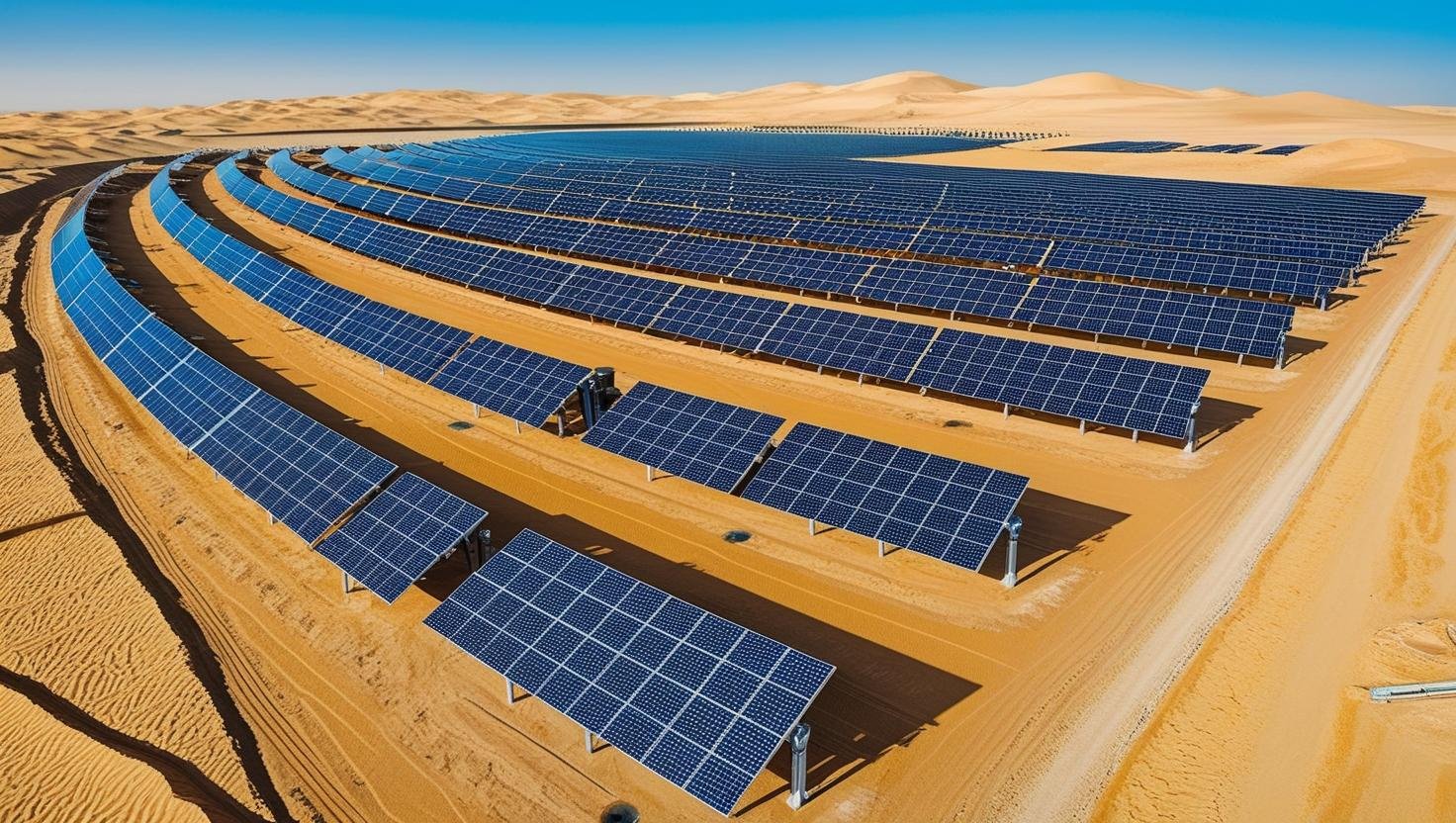Introduction to Solar Panel Manufacturing
Solar panel manufacturing has come a long way, transforming from basic components to intricate technologies designed for efficiency and sustainability. In the past, solar panels were bulky and less efficient, relying on simple production methods. Today, modern technologies have revolutionized the way we harness sunlight, paving the way for greener alternatives in energy production.
Advancements in Technology
Recent advancements in solar cell technology have significantly improved efficiency and reduced production costs. Innovations like bifacial solar panels and PERC (Passivated Emitter and Rear Cell) technology are game changers in the industry. These modern methods not only enhance energy absorption but also ensure higher durability, making solar power more accessible and affordable for consumers. Isn’t it fascinating how a simple concept — capturing sunlight — has evolved to harness global energy needs efficiently?
The Environmental Impact
With modern solar panel manufacturing, the environmental impact is considerably diminished. Cutting-edge processes leverage recycled materials and eco-friendly techniques, reducing waste and the carbon footprint associated with traditional energy sources. In essence, while the old manufacturing methods contributed to pollution, the new generation of solar panels is a beacon of hope, promising a cleaner, greener future.
In conclusion, the shift in solar panel manufacturing technologies demonstrates a significant leap toward sustainable energy. As we continue to innovate and embrace these advancements, we not only enhance our energy independence but also contribute to the ongoing fight against climate change. If you’re still on the fence about shifting to solar, it’s time to jump in — the future is bright!







اترك تعليقاً